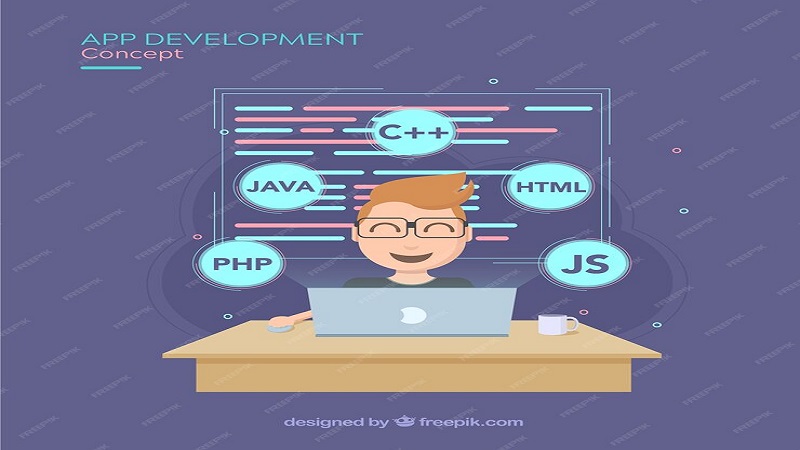Brief overview of modern programming needs and language choices. Introduction to “pkl swift go java kotlinblog” as a guide for developers to understand and choose among Swift, Go, Java, and Kotlin. Overview of the article’s objective to explore and compare the languages for various use cases.
2. Swift in PKL Swift Go Java KotlinBlog: Leading Choice for iOS Development
- Background and Purpose
- Origins of Swift by Apple, tailored for iOS and macOS apps.
- Key Features of Swift
- Safe memory management, expressive syntax, high-performance, and real-time error feedback.
- Use Cases and Examples
- Mobile app development on iOS, macOS applications.
- Advantages and Disadvantages
- Advantages: simplified syntax, optimized for Apple ecosystem.
- Drawbacks: Limited cross-platform capability.
3. Go (Golang) in PKL Swift Go Java KotlinBlog: Concurrency and Efficiency at Scale
- Background of Go
- Created by Google, focused on systems programming and efficiency.
- Key Features of Go
- Concurrency through Goroutines, a simple syntax, garbage collection.
- Use Cases and Examples
- Cloud services, network programming, microservices.
- Pros and Cons
- Advantages: lightweight, built for concurrency.
- Drawbacks: Fewer GUI frameworks, limited flexibility in complex applications.
4. Java in PKL Swift Go Java KotlinBlog: The Enterprise Standard
- Java’s Background and Legacy
- Known for cross-platform development, established in enterprise solutions.
- Key Features of Java
- JVM-based portability, object-oriented, highly secure.
- Common Use Cases
- Enterprise applications, Android development, web applications.
- Strengths and Weaknesses
- Strengths: robust libraries, platform independence.
- Weaknesses: verbose code, requires more memory.
5. Kotlin in PKL Swift Go Java KotlinBlog: A Modern Alternative to Java
- Background and Growth of Kotlin
- Developed by JetBrains and adopted as an official language for Android development by Google.
- Unique Features of Kotlin
- Null-safety, concise syntax, interoperability with Java.
- Use Cases and Examples
- Android development, modern backend services.
- Pros and Cons
- Pros: concise, safe, versatile.
- Cons: slightly slower in certain cases, smaller community than Java.
6. Comparative Analysis in PKL Swift Go Java KotlinBlog
- Performance and Efficiency
- Runtime efficiency comparison across Swift, Go, Java, and Kotlin.
- Syntax and Usability
- Ease of learning and readability.
- Platform Compatibility
- Cross-platform adaptability and unique ecosystems.
- Community Support and Resources
- Libraries, frameworks, and community support for each language.
7. Choosing the Right Language with PKL Swift Go Java KotlinBlog
- Project and Performance Needs
- Best languages based on project type (e.g., Swift for iOS, Go for backend services).
- Developer Experience and Learning Curve
- Recommended language based on prior experience and project requirements.
- Long-Term Viability and Updates
- Language maturity and ongoing evolution.
8. Conclusion
- Recap of language strengths and ideal use cases in “pkl swift go java kotlinblog.”
- Final recommendations based on different development needs.
- Encouragement for developers to explore each language based on project specifics.
Sample Introduction with Keyword Usage
In the fast-paced world of programming, choosing the right language is crucial for achieving efficient and high-quality results. Our provides a complete guide to understanding the strengths and unique capabilities of Swift, Go, Java, and Kotlin. Each language offers distinct benefits—Swift shines in iOS development, Go excels in concurrent server environments, Java remains a reliable option for enterprise applications, and Kotlin presents a modern, streamlined alternative for Android development.
This article from will explore each language’s background, key features, advantages, and limitations, helping developers make informed choices tailored to their needs. Whether you’re an iOS developer, backend engineer, or Android enthusiast, this guide aims to give you a clear understanding of what makes each language ideal for specific scenarios. Read More famebetter.com.
